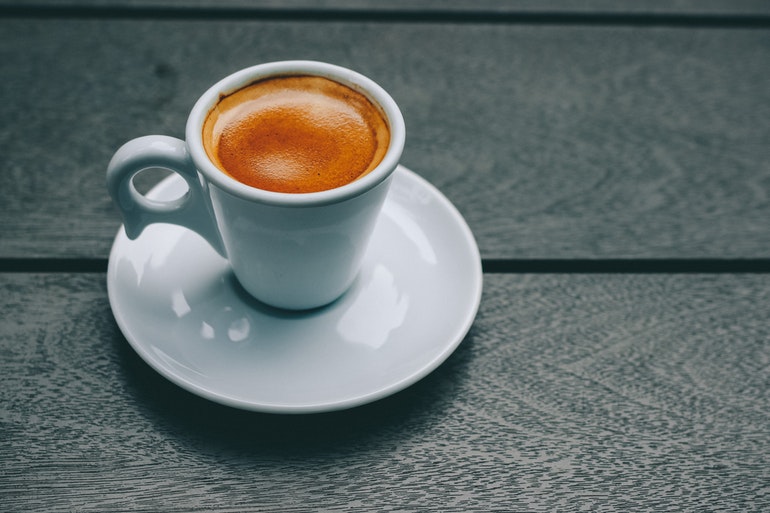Of Espresso
- Espresso Coffee Drinks In its pure form, espresso is more popular in Europe than America, particularly in Italy. Though catching in America, derivatives and misconceptions are spreading like cream in coffee. For instance, many hold the misconception that espresso is a dark, bitter to burnt-flavored roast of coffee.
- Translated from Italian, the word espresso refers to the speed and single-serve nature of the coffee compared with slower and more communal methods of brewing coffee. Each shot of espresso is made to order upon customer request, as opposed to being brewed in anticipation of demand.
- Although espresso remains far more common, examples such as these are not hard to find: For their Christmas market, families can look forward to a Wiggles jumping castle, expresso coffee at $1, free express knife sharpening and a gold coin donation BBQ.
It's in every coffee bar in the country, and serves as the base for many beloved drinks like cappuccinos and lattes. It's espresso! This dark, delicious drink is made when hot water is forced through finely ground coffee at high pressure.
Espresso has its origins in Italy, and started making its way to the United States after World War II. With the opening of places like Seattle's Best Coffee and Starbucks, espresso has taken America by storm. Espresso is usually made in small glasses, and a 'shot' is about one ounce. A typical latte or cappuccino takes two shots of espresso.
In the United States, darker roast coffee beans are preferred for making a dark, intense shot of espresso. In Europe, the type of roast varies depending on location. It is largely a matter of personal preference. The only real requirement is that the coffee is finely ground. This allows the water to squeeze through more easily.
While most people have their coffee drinks in a coffeehouse, made by an expert barrista, the espresso enthusiast can make the beverage and its sisters at home. He or she will need an espresso maker, not to be confused with a regular coffeemaker. Some coffeemakers feature espresso makers, incidentally. Many espresso makers also have a steam apparatus for frothing milk for cappuccinos and lattes. The starting cost for one of these appliances is about US$50, and they go up and up from there.
Shot Of Espresso
An espresso machine brews coffee by forcing pressurized water near boiling point through a 'puck' of ground coffee and a filter in order to produce a thick, concentrated coffee called espresso. The first machine for making espresso was built and patented in 1884 by Angelo Moriondo of Turin, Italy.
Recipes and methods for making espresso and other coffee drinks are everywhere. A trip to the local bookstore will uncover dozens of titles, and the Internet is crammed with Web sites dedicated to all things coffee-related. A person can even buy coffee beans online, to say nothing of espresso makers and supplies.
Americans have gained a real appreciation for truly good coffee in recent years. The prevalence of espresso has certainly been a major factor in this feeling. There's nothing like a freshly brewed shot of rich, dark espresso.
Also found in: Thesaurus, Wikipedia.
es·pres·so
(ĭ-sprĕs′ō, ĕ-sprĕs′ō) also ex·pres·so(ĭk-sprĕs′ō, ĕk-)n.pl.es·pres·sos also ex·pres·sos
also ex·pres·sosespresso
(ɛˈsprɛsəʊ) n, pl-soses•pres•so
Caffeine In Shot Of Espresso
(ɛˈsprɛs oʊ)n.

Parts Of Espresso Machine
| Noun | 1. | espresso - strong black coffee brewed by forcing hot water under pressure through finely ground coffee beans caffe latte, latte - strong espresso coffee with a topping of frothed steamed milk coffee, java - a beverage consisting of an infusion of ground coffee beans; 'he ordered a cup of coffee' |
espresso
[esˈpresəʊ]espresso
[ɛˈsprɛsəʊ]Best Espresso Ground Coffee
espresso
Want to thank TFD for its existence? Tell a friend about us, add a link to this page, or visit the webmaster's page for free fun content.
Espresso Grinder
Link to this page: